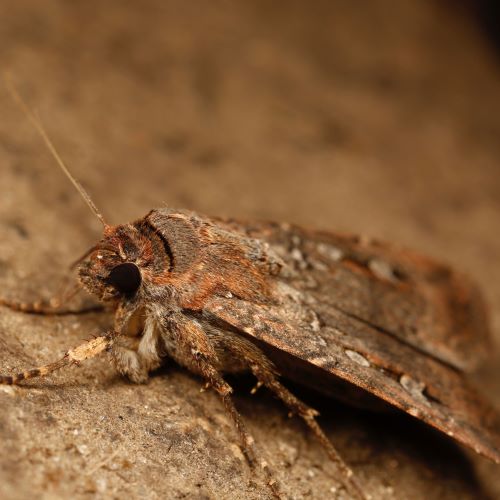
Bogong moths use star patterns, the Milky Way and Earth’s magnetic field to navigate during migration. They are the first-known invertebrates that navigate by starlight.
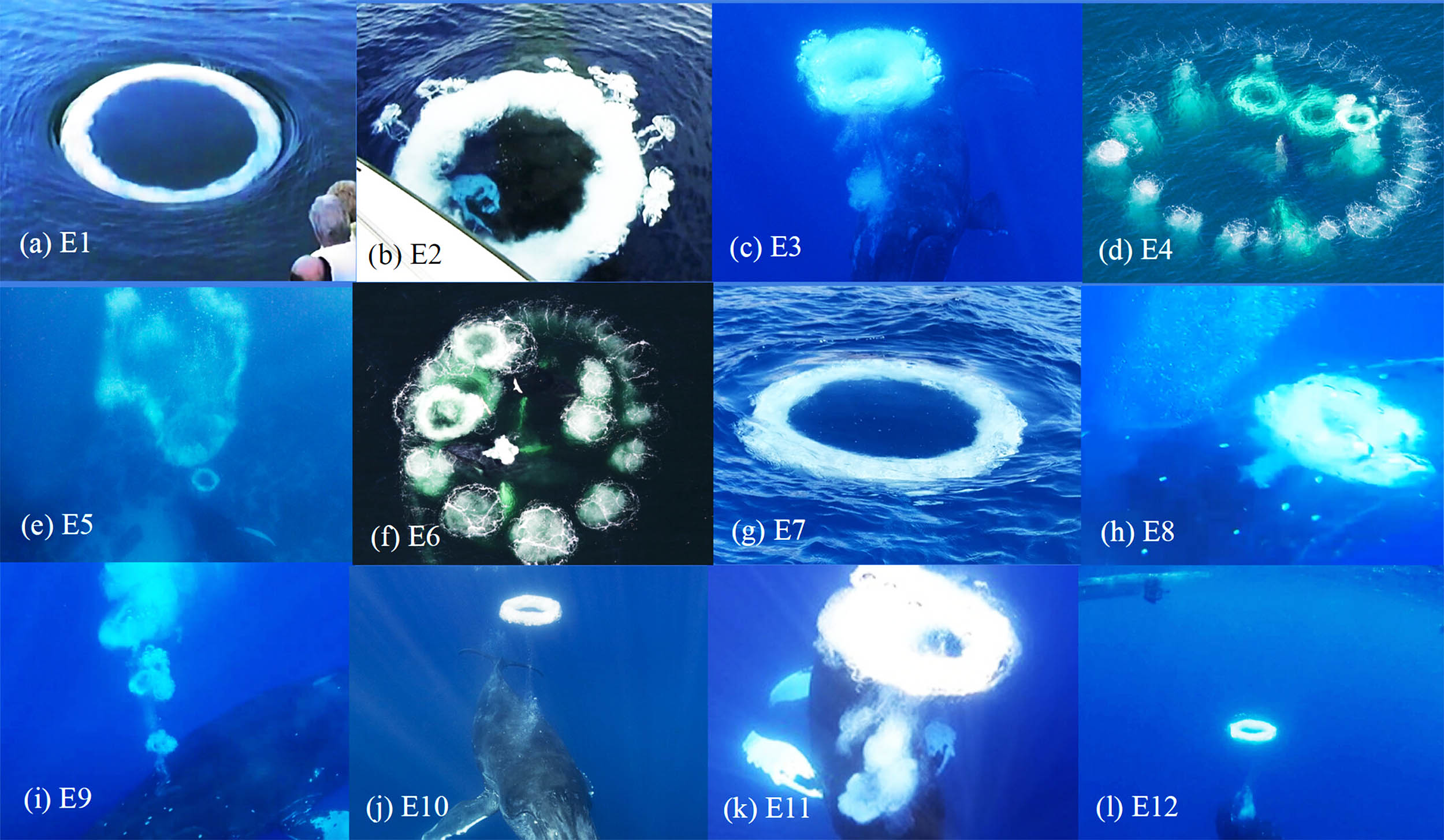
Humpback whales were observed blowing bubble rings near humans. This rare behavior may reflect playfulness, curiosity, or communication.

Dolphins are incredible marine mammals that have "names" for each other, just as humans do, and they use these names to chatter among themselves.

A pod of 157 dolphins has become stranded on a remote beach in Tasmania, with dozens already dead and efforts underway to save the survivors.
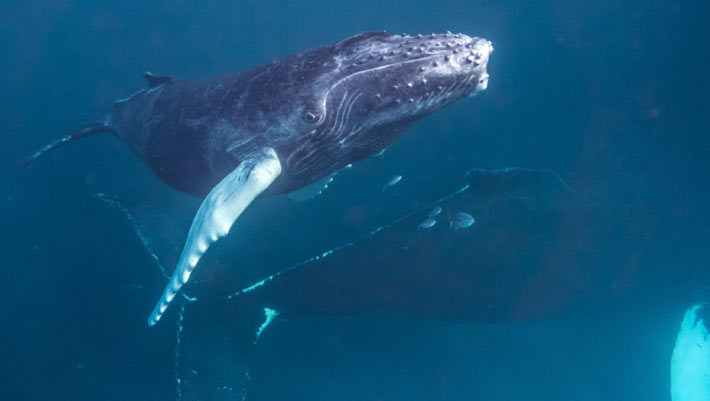
An international team of researchers have discovered hidden structures within whale songs that exhibit striking parallels to human language.
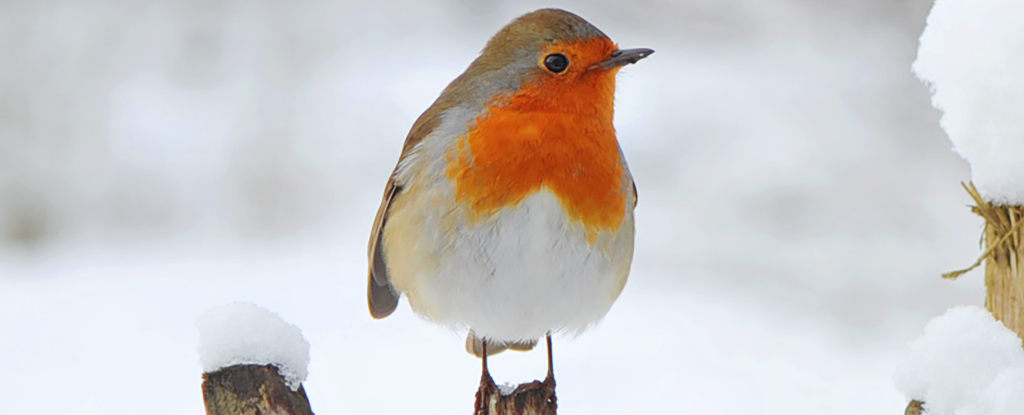
Physicists have now discovered two types of sensors in animals that can detect magnetic fields close to the quantum limit, information that could improve our own design of magnetometer devices.
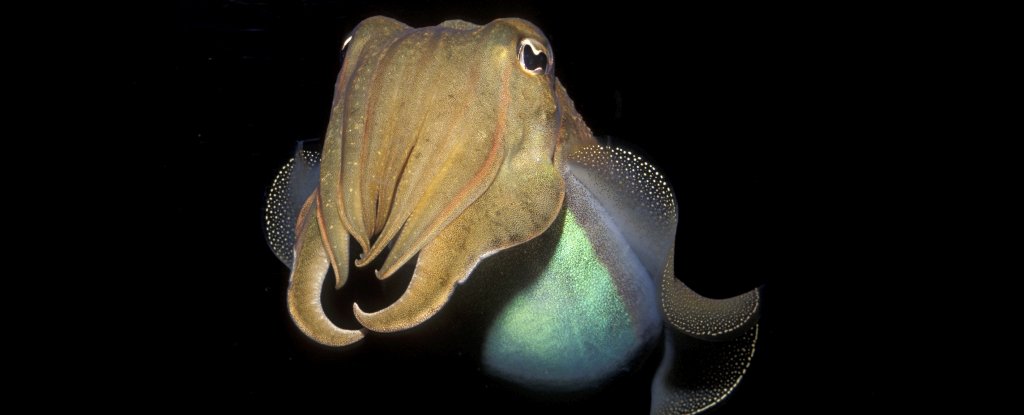
Back in 2021, a test of cephalopod smarts reinforced how important it is for us humans to not underestimate animal intelligence.

The first dead elephants were discovered in May 2020. By July of that year, over 350 of the endangered animals had been found strewn lifeless across a remote region of Botswana.

A male humpback whale that traveled three oceans, during the years 2013 to 2022. This whale has now broken the record for the longest documented distance yet traveled by a humpback. The animal undertook a journey of 12,875 km.
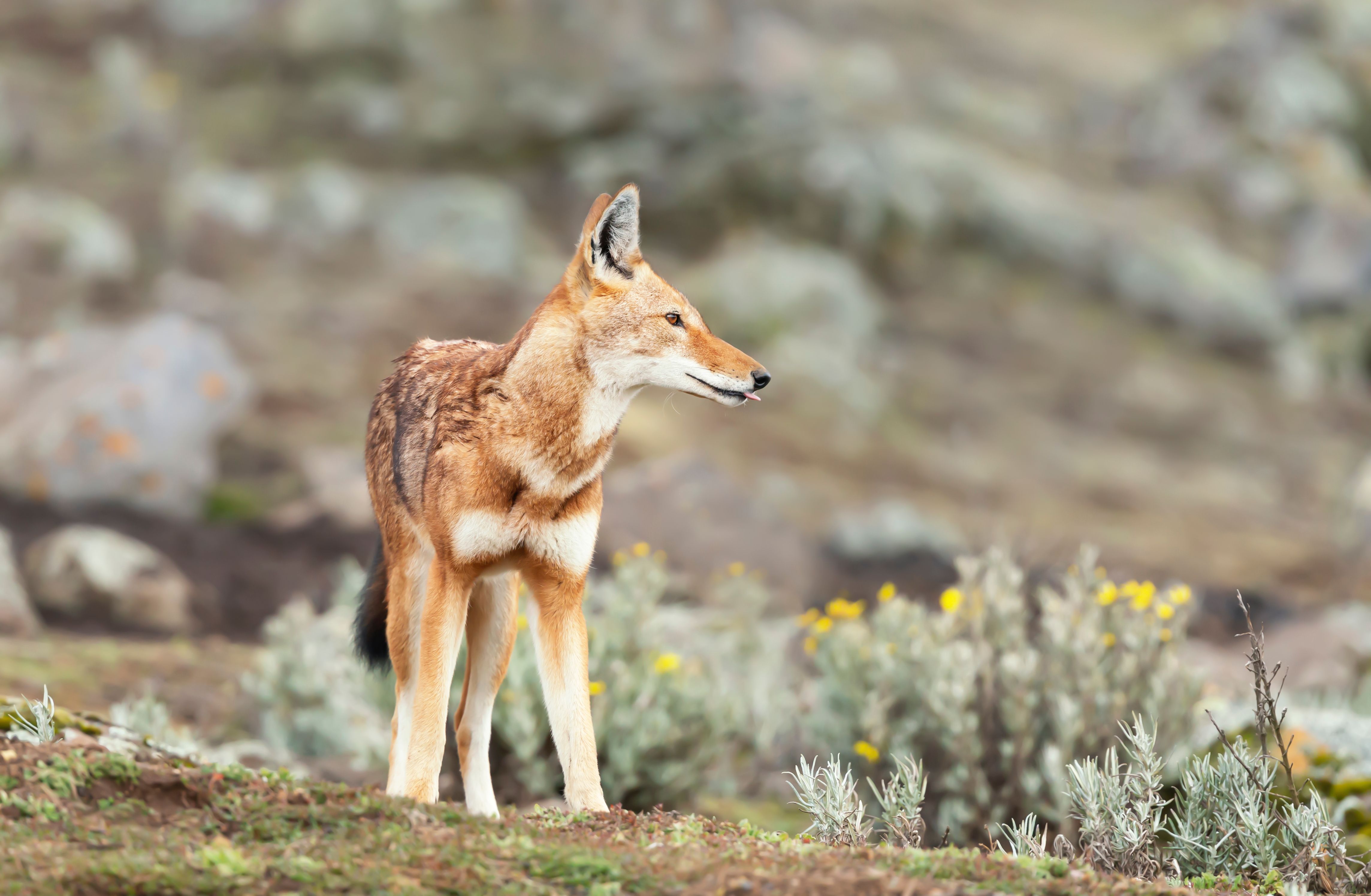
Endangered Abyssinian Wolves Observed Pollinating Flowers in Ethiopia, Making Them the First, Large Carnivorous Animal to Do So.

Life on Earth may have developed the ability to form embryos even before it grew the very first animals.
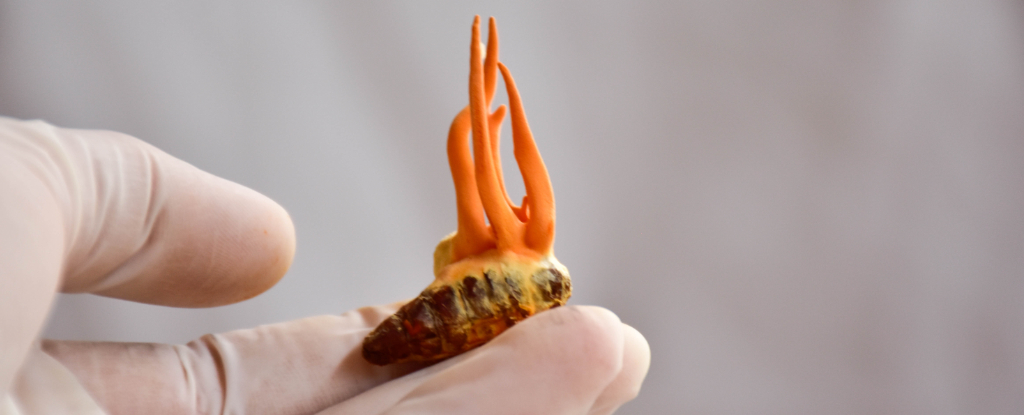
A compound found in a parasitic fungus that commonly paralyzes and kills caterpillars has been shown to block pathways critical for the growth of some cancers.
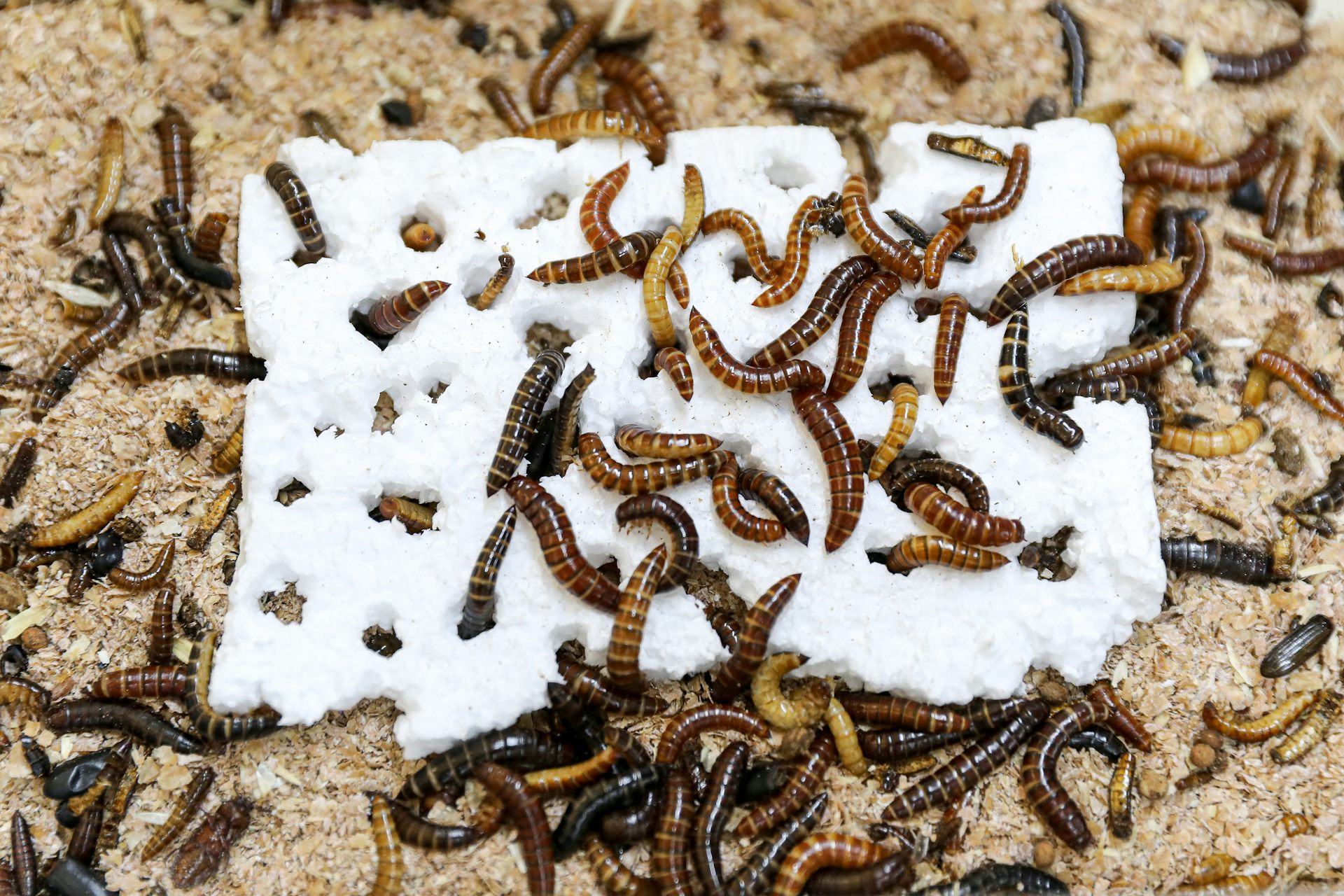
There’s been an exciting new discovery in the fight against plastic pollution: mealworm larvae that are capable of consuming polystyrene.

Resaerchers found that a specific fungus can recognize shapes, and communicate information about their surroundings throughout their network.

Geckos use the saccule - a part of their inner ear traditionally associated with maintaining balance and body positioning - to detect low-frequency vibrations, according to a duo of biologists.